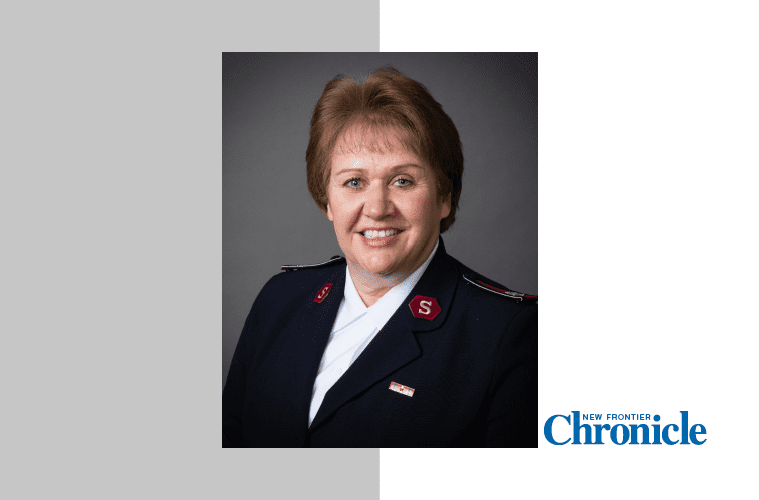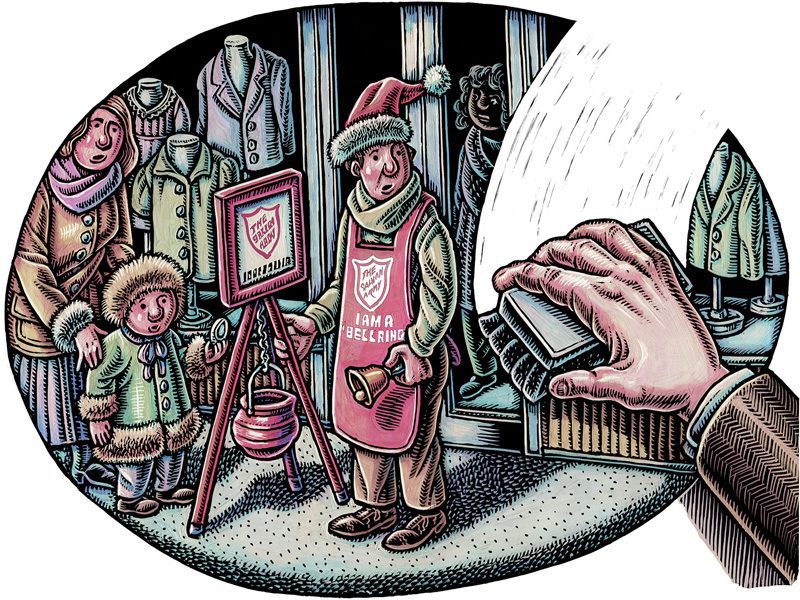Sharper Focus
by Kelly Pontsler, Major –
I have just returned from an extraordinary week in Poland. It was really great to catch up with colleagues and friends again, and see how God continues to lead the development of the Army’s work in that country. Two of our soldiers live in the town of Starachowice, which is situated about 80 miles from Warsaw. This return to Poland gave us an opportunity to make a brief visit to their community.
On the way, Colonel Vibeke Krommenhoek (team leader for Project Warsaw) arranged for us to visit the site of the Auschwitz concentration camp. Originally intended to be an extermination camp for Polish political prisoners, the Nazis seared its place into history by transforming it into a death camp for primarily Jewish people from all over Europe. It is estimated that at least 1.5 million people died in this camp.
The damp and gloom of the foggy day added to the historical ambience and hung heavily in the air as we entered the camp. The site is maintained as a state museum, in memory of those who lost their lives. Simple signs guided us through and indicated how each building had been used. The more we walked, the quieter we became.
Building 11 was known as the Death Block. It was a prison within a prison, and isolated from the rest of the camp. It stands adjacent to the Wall of Death, at which the SS (Nazi Schutzstaffel) shot thousands of prisoners. Cell 22 is in the basement, and contains four small cubicles barely large enough to hold four people standing together (about 3 feet by 3 feet). Prisoners undergoing special punishment were held here. Hours of forced labor were followed by hours of standing in these miniscule cells. There was no chance to rest or recover. Many dropped dead of sheer exhaustion.
As I stood in that room, I was completely speechless as I struggled to understand what could drive a person to inflict such agony on another person. And then my mind skipped back to an interview I heard a few weeks ago, with a group of ladies who had survived the atrocities in Rwanda.
When the fighting began, these women fled to the house of a local pastor to seek refuge. The only space he had to offer them was a small bathroom at the back of his house. Six women lived for many weeks in the cramped space, standing silently, as there was only room for two of them to sit at any one time. The pastor risked his life to offer these women a future, and his gesture saved their lives.
On the one hand, a small space reflecting the worst of what man can do to his fellow man; and on the other hand, a similar space representing the best of what a man can do for another. The thought took a split second to process, but will remain with me for a lifetime.
Growing up in the shadow of Auschwitz is difficult. Who would ever want to admit to being from such a place? Recognizing this, an essay competition was held some time ago, to encourage the local students to put into words
what it means to them. One young person wrote:
“…The past consists of many events, both good and bad ones, and in my opinion, we should be proud of the good and learn from the bad ones so as not to repeat the same mistakes twice…we should deepen our knowledge about the past, not only for ourselves but also for our children…” – Jadwiga Badura, student at Stanislaw Konarski Lyceum #1, OÊwi´cim (Auschwitz).
To say that I am grateful for the experience of that visit sounds enormously inappropriate. But I know that my knowledge and understanding about the past has deepened. May the Lord help me to use it well.










